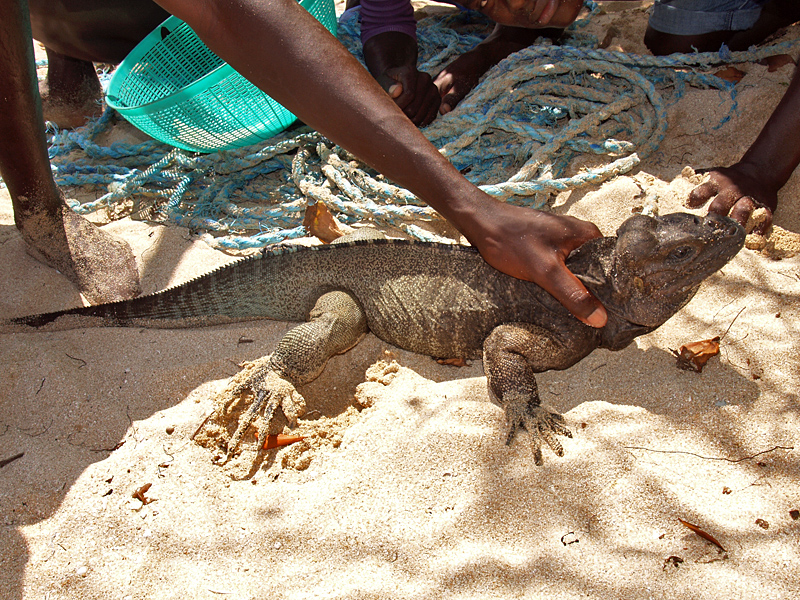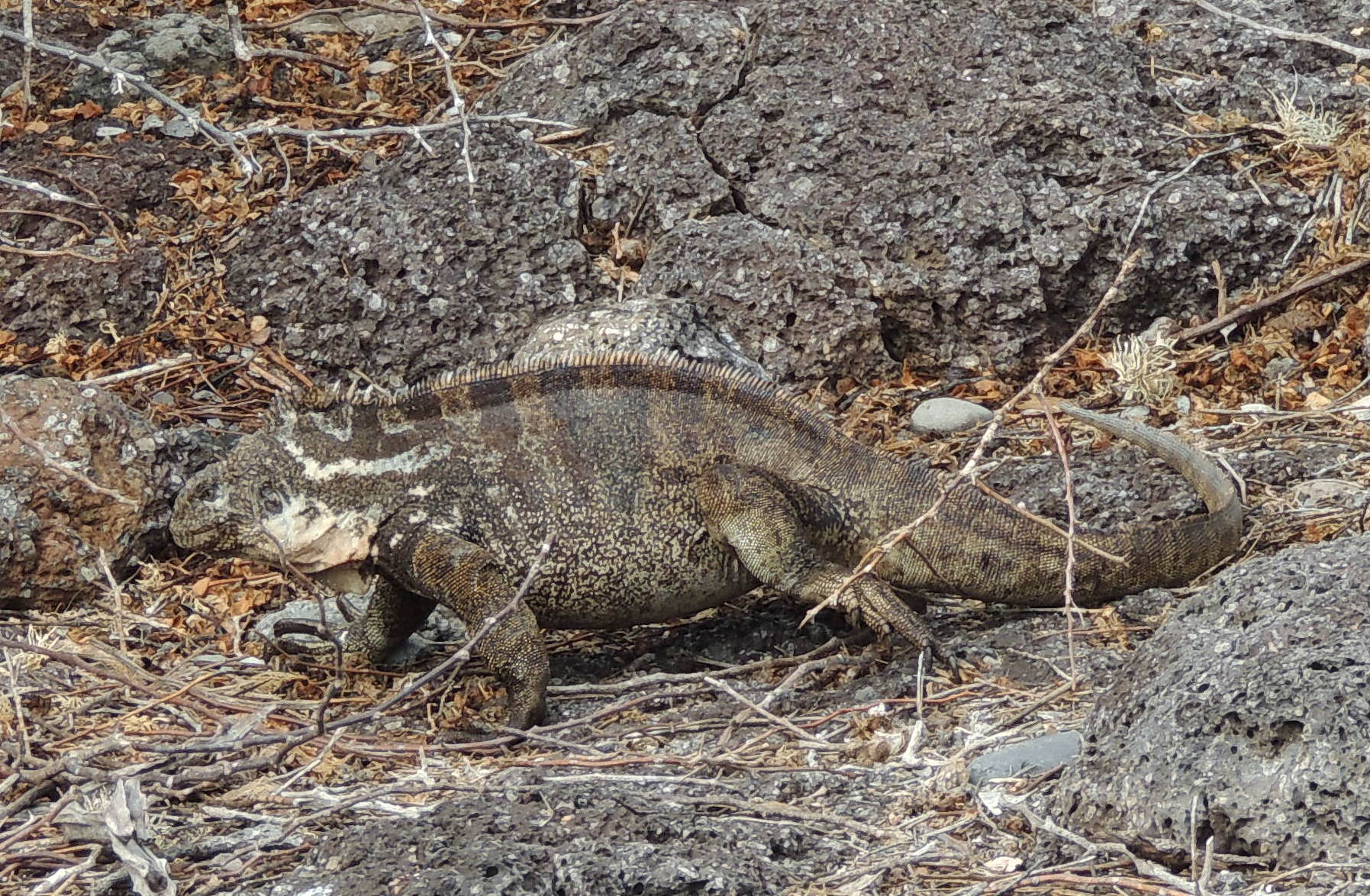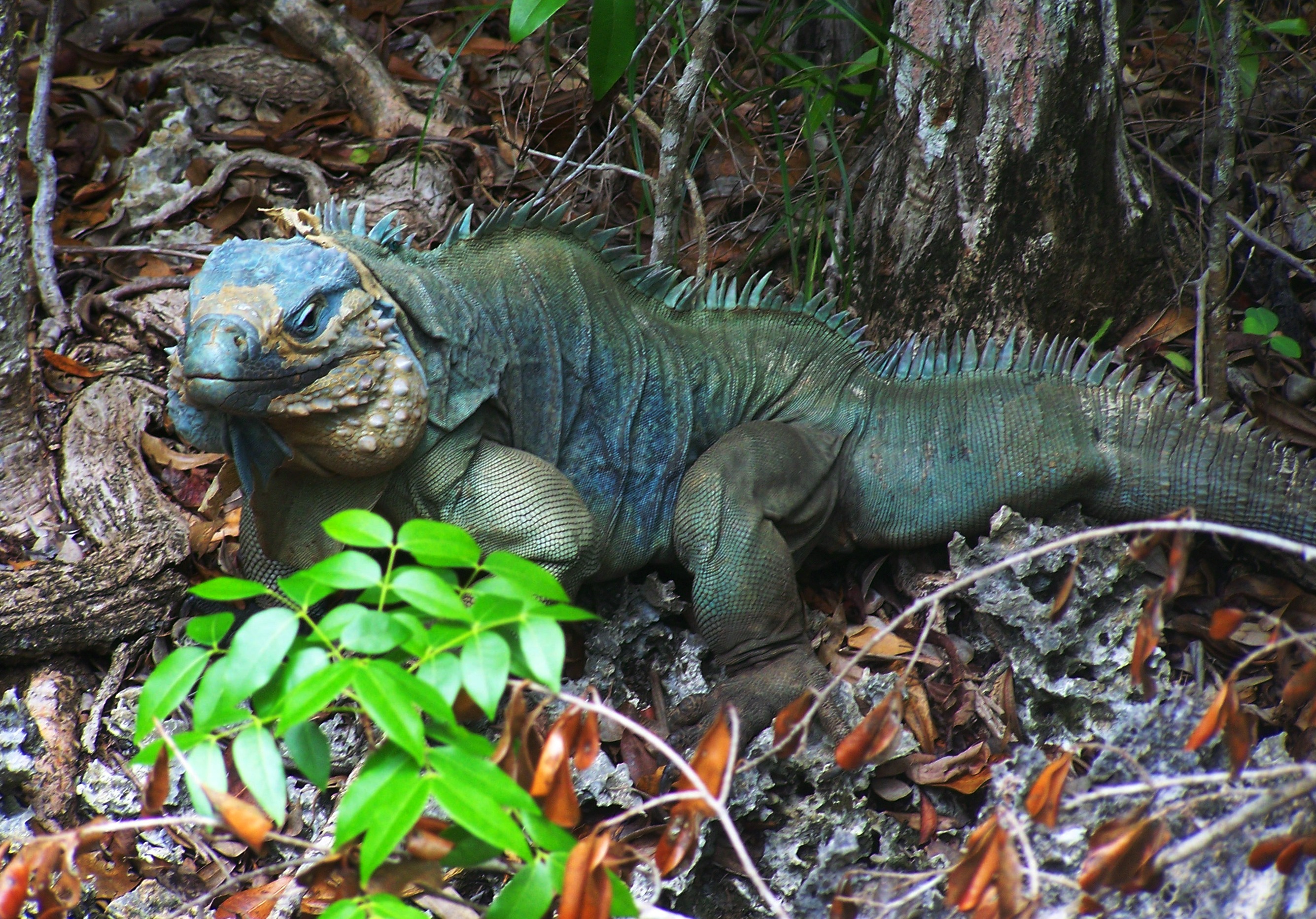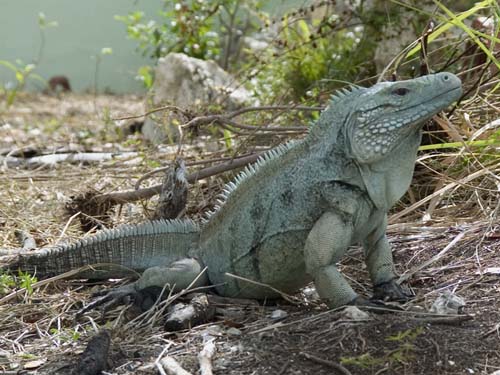|
List Of Largest Extant Lizards
Currently there are about 40 extant families of Lacertilia. These vary considerably, e.g. in shades, colours, and sizes. For example, the largest representative among Geckos, the New Caledonian giant gecko (''Rhacodactylus leachianus''), has a length of up to 36 cm (14 in), while the largest species in the family Varanidae, Komodo dragon (''Varanus komodoensis''), has a length up to 3 metres (10 ft), and a body mass of 70 kg (154 lbs). Largest extant lizards Here are the 15 largest extant lizards based on the most reliable measurements for size, including length and weight. These include family types Varanidae, Iguanidae and Teiidae exceeding 9 kg (20 lbs) in mass. By families Agamas (Agamidae) *The largest representatives in this group are species in the genus ''Hydrosaurus'', which often exceed 1 metre (3.3 ft) in length. **The largest species – Makassar salfin lizard (''Hydrosaurus microlophus'') and Sulawesi black salfin lizar ... [...More Info...] [...Related Items...] OR: [Wikipedia] [Google] [Baidu] |
Lacertilia
Lizards are a widespread group of squamate reptiles, with over 7,000 species, ranging across all continents except Antarctica, as well as most oceanic island chains. The group is paraphyletic since it excludes the snakes and Amphisbaenia although some lizards are more closely related to these two excluded groups than they are to other lizards. Lizards range in size from chameleons and geckos a few centimeters long to the 3-meter-long Komodo dragon. Most lizards are quadrupedal, running with a strong side-to-side motion. Some lineages (known as "legless lizards"), have secondarily lost their legs, and have long snake-like bodies. Some such as the forest-dwelling ''Draco'' lizards are able to glide. They are often territorial, the males fighting off other males and signalling, often with bright colours, to attract mates and to intimidate rivals. Lizards are mainly carnivorous, often being sit-and-wait predators; many smaller species eat insects, while the Komodo eats mammals as bi ... [...More Info...] [...Related Items...] OR: [Wikipedia] [Google] [Baidu] |
Black-throated Monitor
The black-throated monitor (''Varanus albigularis microstictus'') is a subspecies of monitor lizard in the family Varanidae. The subspecies is native to Tanzania. Description ''Varanus albigularis microstictus'' is usually a dark gray-brown with yellowish or white markings, and can reach up to in total length (including tail) and weigh more than . It is the largest of the four subspecies of the rock monitor, ''V. albigularis''. Etymology The generic name, ''Varanus'', is derived from the Arabic word ''waral'' ورل, which is translated to English as "warn" or "warning." The specific name, ''albigularis'', comes from a compound of two Latin words: ''albus'' meaning "white" and ''gula'' meaning "throat". The subspecific synonym, ''ionidesi'', is in honor of Constantine John Philip Ionides (1901-1968), called the "Snake Man of British East Africa".Beolens, Bo; Watkins, Michael; Grayson, Michael (2011). ''The Eponym Dictionary of Reptiles''. Baltimore: Johns Hopkins Universi ... [...More Info...] [...Related Items...] OR: [Wikipedia] [Google] [Baidu] |
Iguana Iguana Portoviejo 04
''Iguana'' (, ) is a genus of herbivorous lizards that are native to tropical areas of Mexico, Central America, South America, and the Caribbean. The genus was first described in 1768 by Austrian naturalist Josephus Nicolaus Laurenti in his book ''Specimen Medicum, Exhibens Synopsin Reptilium Emendatam cum Experimentis circa Venena''. Two species are placed in the genus, the green iguana, which is widespread throughout its range and a popular pet, and the Lesser Antillean iguana, which is native to the Lesser Antilles. Genetic analysis indicates that the green iguana may comprise a complex of multiple species, some of which have been recently described, but the Reptile Database considers all of these as subspecies of the green iguana. The word "iguana" is derived from the original Taino name for the species, ''iwana''. In addition to the two species in the genus ''Iguana'', several other related genera in the same family have common names of the species including the word " ... [...More Info...] [...Related Items...] OR: [Wikipedia] [Google] [Baidu] |
Cyclura Cornuta
The rhinoceros iguana (''Cyclura cornuta'') is an endangered species of iguana that is endemic to the Caribbean island of Hispaniola (shared by Haiti and the Dominican Republic) and its surrounding islands. A large lizard, they vary in length from , and skin colours range from a steely grey to a dark green and even brown. Their name derives from the bony-plated pseudo-horn or outgrowth which resembles the horn of a rhinoceros on the iguana's snout. It is known to coexist with the Ricord's iguana (''C. ricordii''); the two species are the only taxa of rock iguana to do so. Taxonomy The rhinoceros iguana is a species of lizard belonging to the genus ''Cyclura''. The rhinoceros iguana's specific name, ''cornuta'', is the feminine form of the Latin adjective ''cornutus'', meaning "horned" and refers to the horned projections on the snouts of males of the species. The species was first identified by Pierre Joseph Bonnaterre in 1789. In addition to the nominate race (''C. c. cornuta ... [...More Info...] [...Related Items...] OR: [Wikipedia] [Google] [Baidu] |
Marine Iguana
The marine iguana (''Amblyrhynchus cristatus''), also known as the sea iguana, saltwater iguana, or Galápagos marine iguana, is a species of iguana found only on the Galápagos Islands (Ecuador). Unique among modern lizards, it is a marine reptile that has the ability to forage in the sea for algae, which makes up almost all of its diet. Marine iguanas are the only extant lizard that spends time in a marine environment. Large males are able to dive to find this food source, while females and smaller males feed during low tide in the intertidal zone. They mainly live in colonies on rocky shores where they bask after visiting the relatively cold water or intertidal zone, but can also be seen in marshes, mangrove swamps and beaches. Large males defend territories for a short period, but smaller males have other breeding strategies. After mating, the female digs a nest hole in the soil where she lays her eggs, leaving them to hatch on their own a few months later. Marine iguanas vary ... [...More Info...] [...Related Items...] OR: [Wikipedia] [Google] [Baidu] |
Galapagos Land Iguana
The Galápagos land iguana (''Conolophus subcristatus'') is a very large species of lizard in the family Iguanidae. It is one of three species of the genus ''Conolophus''. It is endemic to the Galápagos Islands, in the dry lowlands of the islands of Fernandina, Isabela, Santa Cruz, North Seymour, Baltra, and South Plaza. Taxonomy The land iguanas in the Galápagos vary in morphology and coloration among different populations. In addition to the relatively widespread and well-known Galápagos land iguana (''C. subcristatus''), there are two other species of ''Conolophus'': the Galápagos pink land iguana (''C. marthae'') from northern Isabela Island and the Santa Fe land iguana (''C. pallidus'') from Santa Fe Island. Based on mtDNA, land iguanas and marine iguanas diverged about 8–10 million years ago. Within the land iguana genus, the oldest split based on mtDNA, about 5.7 million years old, is between ''C. subcristatus'' and ''C. marthae''. A more recent study that ... [...More Info...] [...Related Items...] OR: [Wikipedia] [Google] [Baidu] |
Grand Cayman Blue Iguana
The blue iguana (''Cyclura lewisi''), also known as the Grand Cayman ground iguana, Grand Cayman blue iguana or Cayman Island rock iguana, is an endangered species of lizard which is endemic to the island of Grand Cayman. It was previously considered to be a subspecies of the Cuban iguana, ''Cyclura nubila'', but in a 2004 article Frederic J. Burton reclassified it as a separate species because according to him the genetic differences discovered four years earlier between the different ''C. nubila'' populations warranted this interpretation. The blue iguana is one of the longest-living species of lizard (possibly up to 69 years). The preferred habitat for the blue iguana is rocky, sunlit, open areas in dry forests or near the shore, as the females must dig holes in the sand to lay eggs in June and July. A possible second clutch is laid in September. The blue iguana's herbivorous diet includes plants, fruits, and flowers. Its color is tan to gray with a bluish cast that is m ... [...More Info...] [...Related Items...] OR: [Wikipedia] [Google] [Baidu] |
Blue Iguana
The blue iguana (''Cyclura lewisi''), also known as the Grand Cayman ground iguana, Grand Cayman blue iguana or Cayman Island rock iguana, is an endangered species of lizard which is endemic to the island of Grand Cayman. It was previously considered to be a subspecies of the Cuban iguana, ''Cyclura nubila'', but in a 2004 article Frederic J. Burton reclassified it as a separate species because according to him the genetic differences discovered four years earlier between the different ''C. nubila'' populations warranted this interpretation. The blue iguana is one of the longest-living species of lizard (possibly up to 69 years). The preferred habitat for the blue iguana is rocky, sunlit, open areas in dry forests or near the shore, as the females must dig holes in the sand to lay eggs in June and July. A possible second clutch is laid in September. The blue iguana's herbivorous diet includes plants, fruits, and flowers. Its color is tan to gray with a bluish cast that is m ... [...More Info...] [...Related Items...] OR: [Wikipedia] [Google] [Baidu] |





